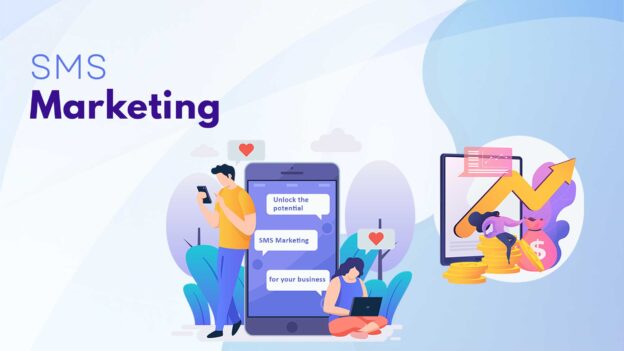What Are Google Gallery Ads?
Galley Ads were introduced by none other than Sissie Hsiao, VP of Product Management in the Mobile App Advertising department of Google. They occupy the first position on search result pages, in mobile devices. That’s right, at the very top. Gallery ads consist of a standard text headline, a display URL, and swipe-able image carousals. Sounds fascinating right?
A gallery ad requires a minimum of 4 images and can have a maximum of 8. You can also add image taglines that cap at 70 characters to give your advertisement a wholesome feeling. An option to play around with 3 headlines also gives you a chance to A/B or C test your advertisements to find out which ones give you more yield.
Users can swipe through the gallery or click on a picture to expand it into a vertical view, and scroll down to keep seeing the images. At the end of the gallery, a Call To Action to visit the advertiser’s website appears.
Benefiting From Gallery Ads
The real winners of the gallery ads are B2C businesses. These new type of advertisements are a great way for businesses to showcase value to potential customers. It’s the advantage of visually showcasing product, service, or experience that makes Gallery ads so exciting. Let’s face it, we’re more likely to buy into an idea if we’re able to see value in the form of images.
Now that’s not to say that B2B businesses cannot leverage Gallery ads. For example, If you are an internet marketing agency that helps businesses improve their ranking on Google Search, then adding creatives to supplement your value proposition could help in convincing your prospects to click on your advertisement.
Benefiting From Gallery Ads?
Creating Them – There are no special campaigns that you have to create to start experimenting with Gallery ads. They are just a new advertisement format and have to be created along with other advertisements in your search network campaign groups.
Where They Appear – As of now, Gallery ads only show up on mobile devices and at the very top of the search result pages.
Getting Charged – You get charged if a user clicks on the headline of the advertisement and visits your website or swipes across 3 images in the gallery.
Looks like Google believes that images are the future of mobile advertising. Make sure you get ahead of the game and start experimenting with them as soon as they are made available, which should be sometime later this year.



COMMENTS
No Comment have been posted.LEAVE A RESPONSE